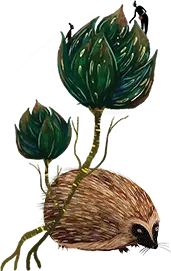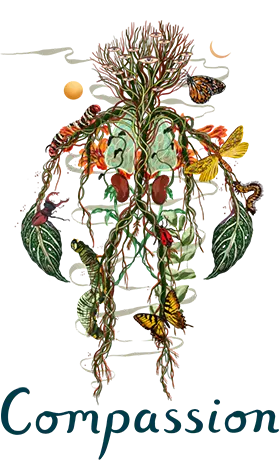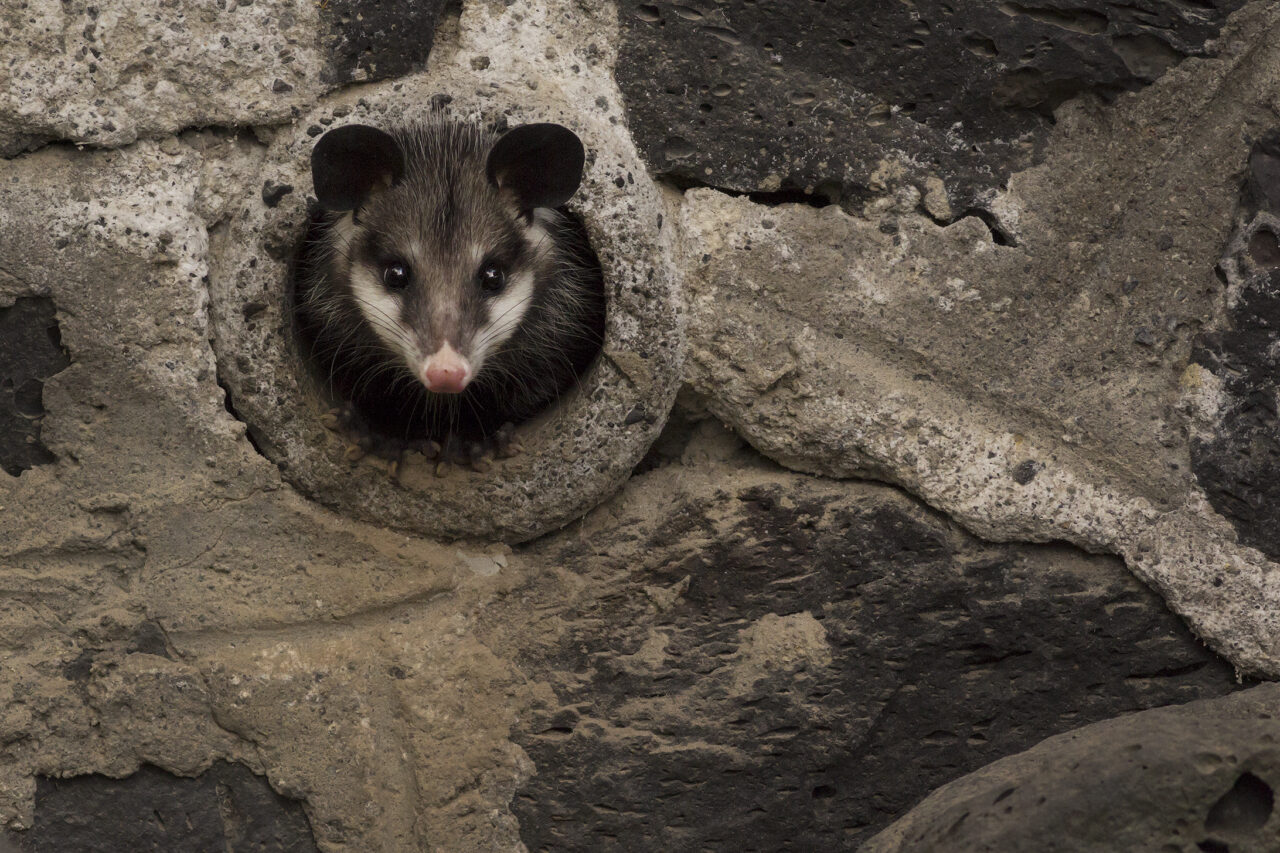
Wildlife Photography and Mexican Myths

Inspired by ReWild Yourself Champion Tamara Blazquez Haik’s ‘Fauna de la Ciudad de Mexico’ project, we explore some Mexican Nature folklore….
Wildlife photographer and photojournalist Tamara Blazquez Haik has travelled the world, taking beautiful photos in exotic locations, yet still finds her home town of Mexico City to be full of intrigue, stories and wildlife to photograph.
To celebrate the Nature on her doorstep, she created the ‘Fauna de La Ciudad de Mexico’ (Wildlife of Mexico City) project…
“…an educational and conservation project focused on helping the inhabitants of Mexico City, especially children, learn about the fauna with which we coexist daily in order to protect it and its ecosystems.”
You can visit Tamara’s website for a taster of the project, as well as view some of her other work.
The project is also about reconnecting the citizens of the city with the animals they share a home with. This connection was far stronger in the past, and was often strengthen through myths and stories.
Using Tamara’s photography as a starting point, we thought we would dive back int to some of those old tales…
The God of Fire and Lighting
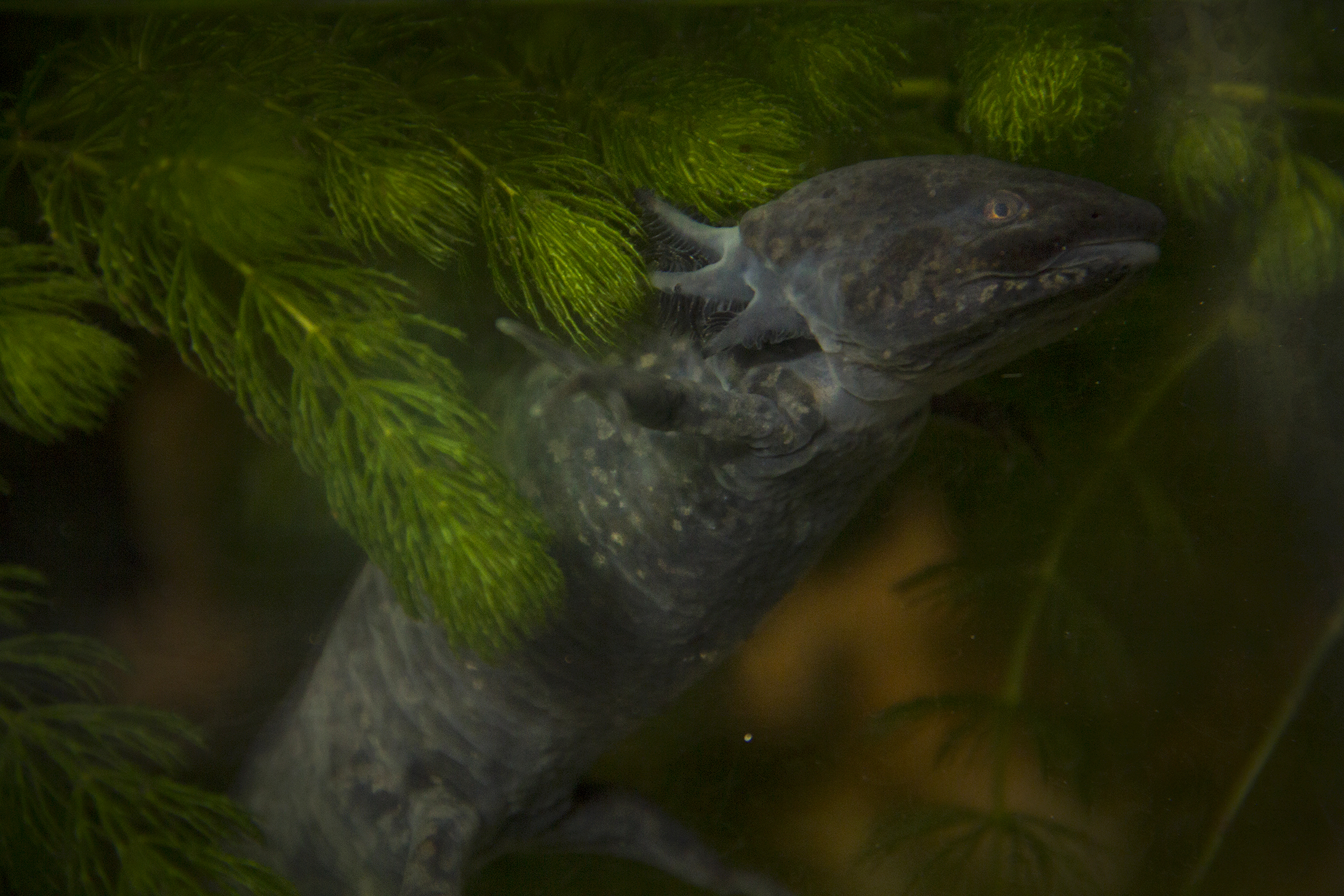
The Axolotyl is pretty bonkers. Whole books could be written about how bonkers it is – indeed, they have been. The Axolotyl is a salamander, one of about 500 species alive today, but unlike other amphibians, which undergo a complete metamorphosis (think tadpole to frog), the Axoltyl develops so far then stops, never fully getting rid of some of the larval features that other salamanders loose in adulthood (a process called neoteny)
Most prominent of these is its striking external, feathery gills and caudal fin running the length of its body. It’s basically stuck as a teenage tadpole – the peter pan of the amphibia. Other bonkers features include its beady lidless eyes, pink human like skin (in some forms), wide head, and its ability to regrow lost limbs, and never scar.
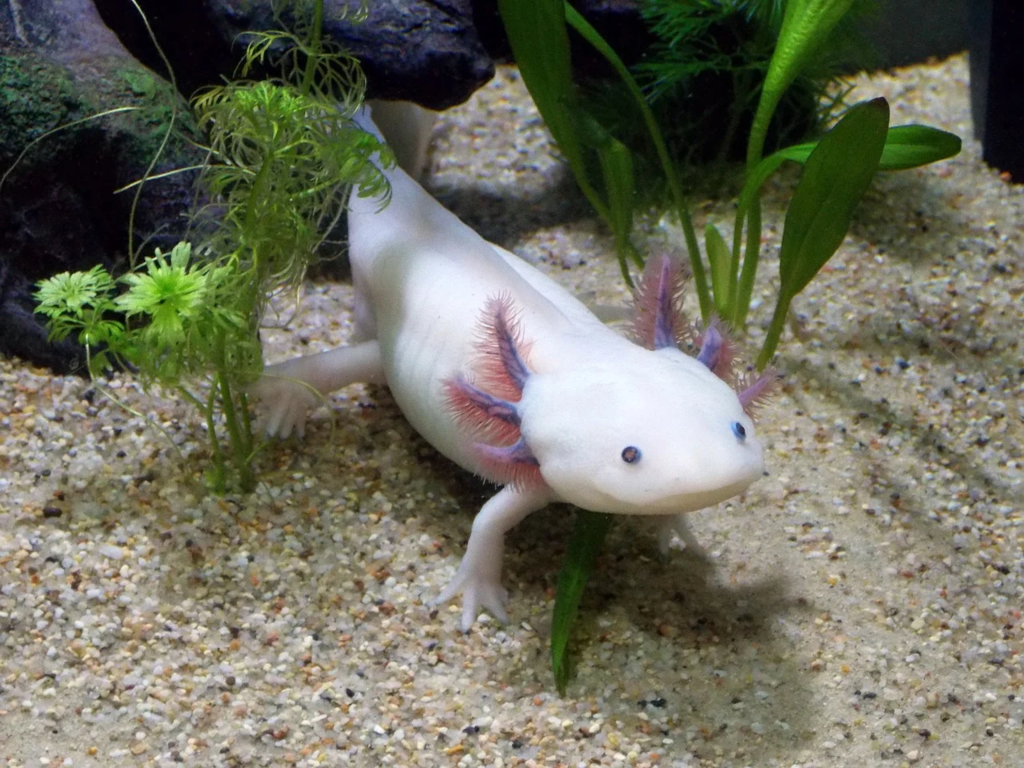
The Axolotyl is native only to the freshwater of Lake Xochimilco and Lake Chalco in the Valley of Mexico, which makes it very closely tied with Mexico City. Unsurprisingly, for such a striking creature, there is much myth associated with it.
All Salamanders were through to have a special relationship with fire, and it was believed for many years that they were born from flames. This is most likely due to seeing them scurrying out of their hiding place in piles of logs once a fire was lit. Legend has it in fact, that the Axoltyl is the Aztec god of fire and lightning, Xolotl, which is where it gets part of its name, after the god Xolotl converted himself into the creature to escape the wrath of other gods.
Sadly, much of the Axoloyl’s wild habitat has been lost, and the large majority of its population exists in captivity. Lighting God or not, its novelty and interest to humans, especially research scientists, has probably saved it from extinction.
The Beautiful God of War!
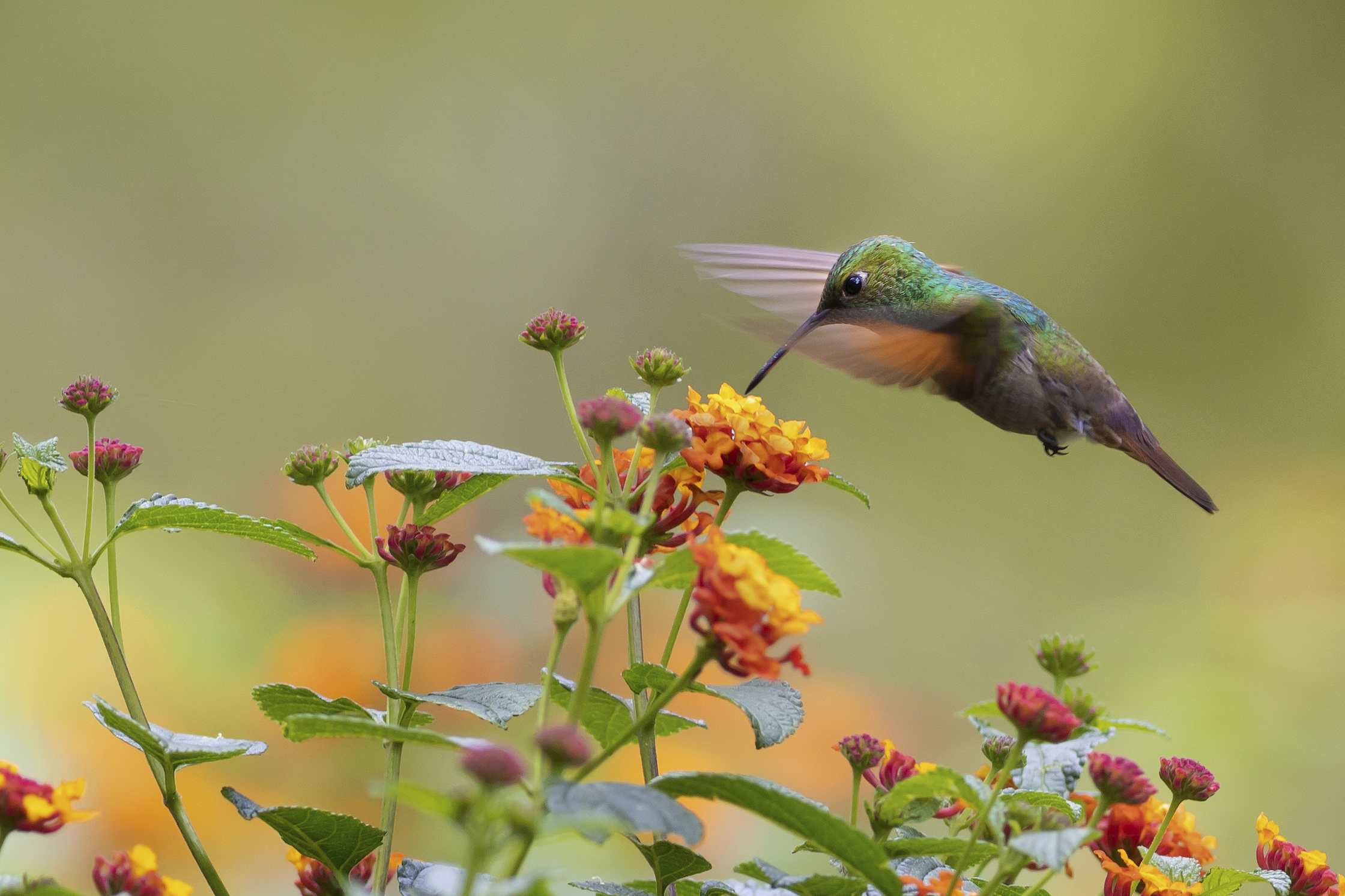
Seeing a hummingbird dart from flower to flower, in a blur of colour, is hard to forget. It is no surprise that they have captured the imagination of humans for centuries. Up to 57 species can be found in Mexico, and 13 are endemic to the country.
Tamara has taken some wonderful photos of Hummingbirds in and around Mexico city, many of which you can see in her blog here, where she also writes beautifully about some of the stories developed around them. Below is a translated extract…
Since pre-Hispanic times, these small fliers have captivated humans not only for their beautiful and colourful plumage, but also for their bravery and audacity when flying. So much so, that for the Mexicans the hummingbird or huitzilin was their main god.
Huitzilopochtli, the god of war and the Sun, was represented by a hummingbird, a bird that was born from the goddess of fertility, Coatlicue.
It is not surprising that this small bird was chosen to symbolize the god of war, since for those of us who have dedicated ourselves to the study, observation and photography of birds, we know that these little ones resemble winged warriors as they are extremely territorial and brave birds, which usually protect their territories, not only from other hummingbirds, but from other birds and animals even larger than them. Their bravery is undoubtedly inspiring.
The hummingbird also took on a special symbolism for the Mayans, who considered the hummingbird the messenger of the gods and the dead. Hummingbirds were in charge of carrying these messages to men, since it was said that these birds could enter and leave the afterlife without problem.
The Mexican Robin Hood

There are two species of Tlacuache (Opossum to english speakers) in Mexico, with Didelphis virginiana the most common in the city and the one captured beautifully in Tamara’s photo above. Much like the Axolotl, it is an animal with distinct and intriguing features, such as hairless ears and a long, flat nose.
The opossums are the only marsupials in Centra America, carrying their young ‘kangaroo-style’ in pouches. They are also smart, adaptable, and great climbers, adept at reaching inaccessible places and opening things (thanks in part to their opposable thumbs!), making them an occasional pest to farmers, but endearing them to many others.
This ‘mischievous’ ingenuity probably contributed to its reputation as a thief in ancient Mesoamerica, though more as an antihero, rather than villain. In fact, according to myth, it was the opossum that stole fire from the gods, to bring to the people, using its tail to ‘catch’ the fire, which is why it’s tail is now bald!
In return for the gift of fire, the opossum requested that it never be eaten by humans, something still respected by many Mexicans. Talking of eating, its native name, Tlacuatzin, is derives from the Nahuatl verb for ‘to eat’, tlacua. As an omnivore, this ‘eater’ has a very varied diet, though insects make up most of its diet, which it will locate in a variety of habitats, from caves and tunnels, to the tops of trees. This habit, of travelling from high to low, gave it a spooky reputation as a traveler between the sky and underworld.

The ‘natural stories of these animals is fascinating enough, and they deserve our respect and admiration alone for it, but these myths and supernatural’ create a depth of intrigue and connection that can only strengthen our relationship with Nature.
Discover more about Mexico’s glorious wildlife at Tamara’s website.



